
On the Plaza San Martin sits an old an bar called the Cathedral of Pisco. Where better to try pisco sour for the first time than a well population bar that promotes
itself as holy place to the drink. Pisco sour is a grape brandy mixed with lime, egg white and I’m not sure what else. It comes served in a small brandy glass, which confused me at first as I was expecting something more akin to a cocktail, but after trying it I can understand why it only comes in small doses. After just the one it sure does go to your head, and after a second I was feeling pretty tipsy. It’s a delicious drink but I stuck with beer after that – in the Lima heat a cold beer of Pilsen was a better way to spend the evening.

One restaurant I frequented a few times was an over the top shrine to football, a place called Estudia. Every wall, every rafter, every chair was decorated in football team flags from all over the world. They even had statues of famous players sitting at some of the tables. The menu was equally as fanatical, with every dish named after a player or well known stadium. The best part was the food was excellent and not too expensive, and you could even get a giant 4 litre cylinder of beer with a football at the base where the tap was located!
In fact central Lima in general wasn’t that expensive for food and drink, even in the fancy restaurants off the Plaza de Armas were reasonable, although there were a couple of places that I was too afraid to even check the prices because they looked a little too up scale than I was willing to pay. The suburb of Miraflores, on the other hand, was the complete opposite.
Miraflores is known for its streets filled with cafes, bars and a good number of hotels. It’s where the majority of tourists flock to, and while it’s a pretty suburb,
the exorbitant prices made me glad I didn’t make it my headquarters for Lima. Prices here literally double or triple and yet the cafes are packed with locals and
tourists alike. Miraflores sits on the cliff that drops down to the Pacific Ocean, and while the beach it’s as nice as the green parks in the suburb, it has its fair share of surfers catching some decent waves and a splattering of sun bathers lying on grey sand and rocks.

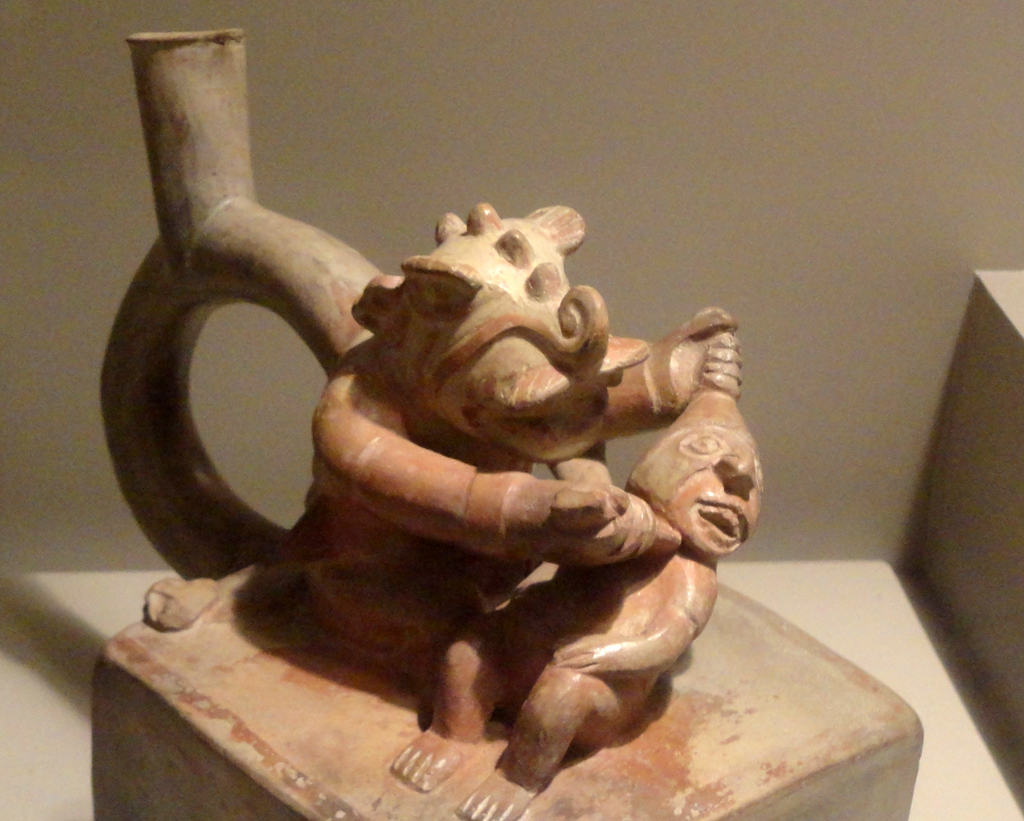
It would seem at some point Miraflores needed a shopping centre, and clearly there wasn’t enough room to build one. Somebody must have pointed out that the cliff face was doing anything useful, and in true Peruvian fashion not to let something as minor as a vertical cliff get in the way, they built the LarcoMar shopping centre in the cliff. It’s actually an impressive shopping centre with some high priced restaurants overlooking the ocean and more jewellery shops than a years wage. Aside from LarcoMar and the two main parks there isn’t really much to do in Miraflores, and as one local back in central pointed out, all the builds are boring and it could be any suburb in the world. He had a point and I only spent an afternoon here.
The Larco Museum I did spend some time. It’s a private museum that on a map didn’t look that far away from central. Deciding to walk there I went via the art museum, MALI, which had a few exhibits open but the main exhibition hall on the top floor was closed for renovations. A couple of hours later I finally found the Larco Museum, and looking back at the map I realised I hadn’t checked the scale and it was about 10kms to get here! At first I almost didn’t visit it after seeing
the asking price of 30 soles for the entrance fee. Private museums are always going to be more expensive, still I wasn’t sure whether it would be worth it.
Yet after walking all this way I wasn’t going back without seeing something for my effort, so I ponied up the 30 soles and made my way in.
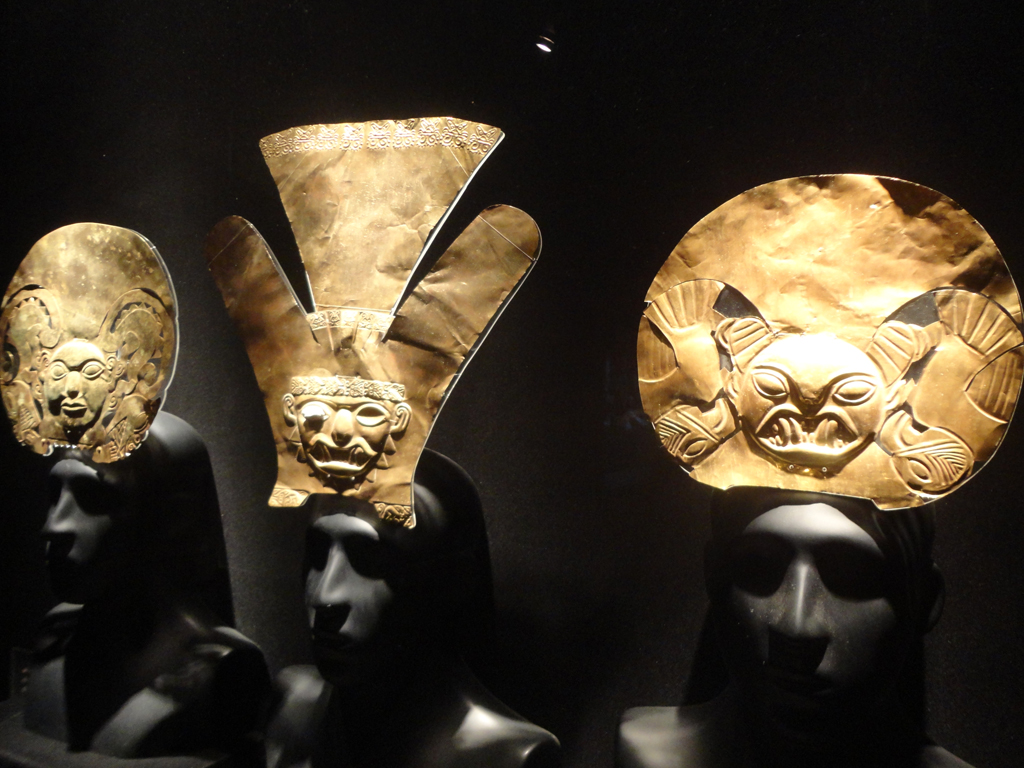
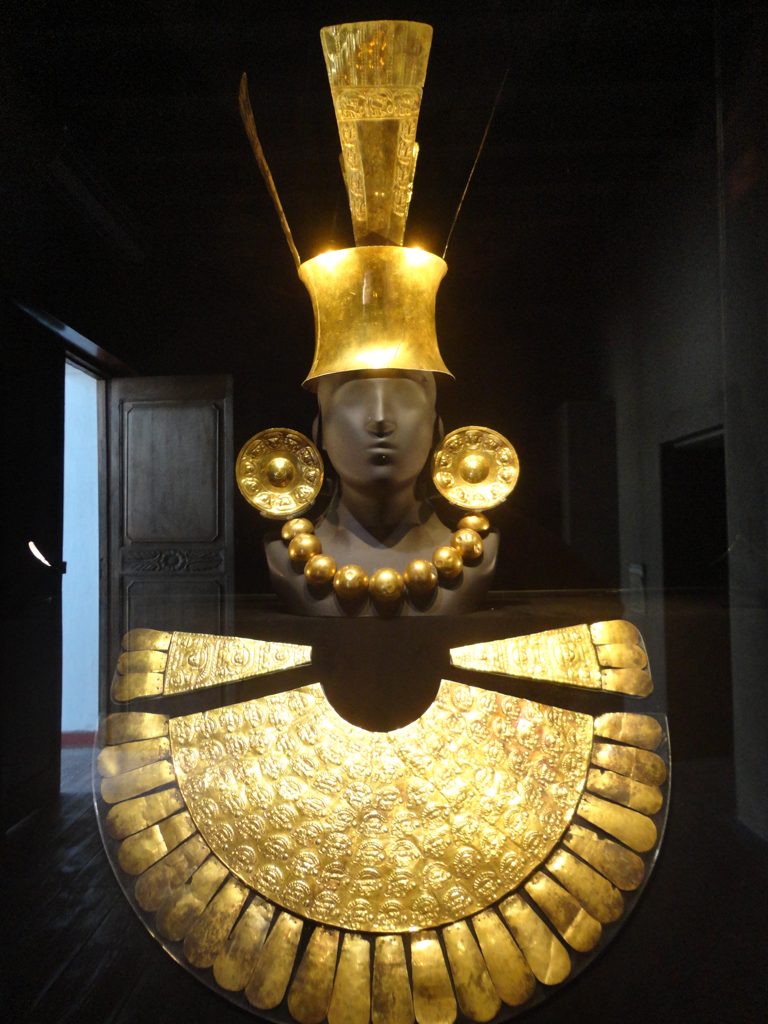
And boy am I glad I did. The museum houses the largest collection of pre-Columbian art in the world, clocking in at a mind altering 45,000 pieces. It’s the only museum to give access to their store room where the bulk of the pieces are shelved, and the items on display are wonderfully well done with explanations in Spanish, English, French and Japanese. The collection covers every major civilisation in Peru, each of the pieces detailed and restored. There is even a second museum on site for erotic art. Every wanted a wine jug in the shape of a giant penis or vagina? Or depicting various sex positions? Or how about a plate with little figurines performing oral sex? Yep, the ancient Peruvians didn’t shy away from what comes naturally, and not really a lot has changed in the modern era!
My favourite part of this museum were the gold rooms. Glorious golden headdresses, earplugs, necklaces and masks filled the rooms. The museum boosts the only intact complete set of burial jewellery in the world. It would have been an astonishing sight to see the kings decked out in these golden adornments, it’s
a little wonder why they were viewed as godly to the peasantry.
The National Museum isn’t as interesting, but it’s also free. The building is a huge
concrete monolith and what makes it worthwhile to visit is the photo gallery detailing the Shining Path terrorist movement of the 80’s and 90’s. It’s a harrowing photo journal chronicling the beginning of the Shining Paths attacks in
response to the governments widespread corruption, at first only on infrastructure and eventually leading to brutally murdering people in villages
and finally to mass terrorism using bombs. The police crack down and hunt of Shining Path members were equally as brutal with many innocents jailed or simply vanished. The entire permanent exhibit of a hundred or so photos is one of the most moving and disturbing things I’ve seen.
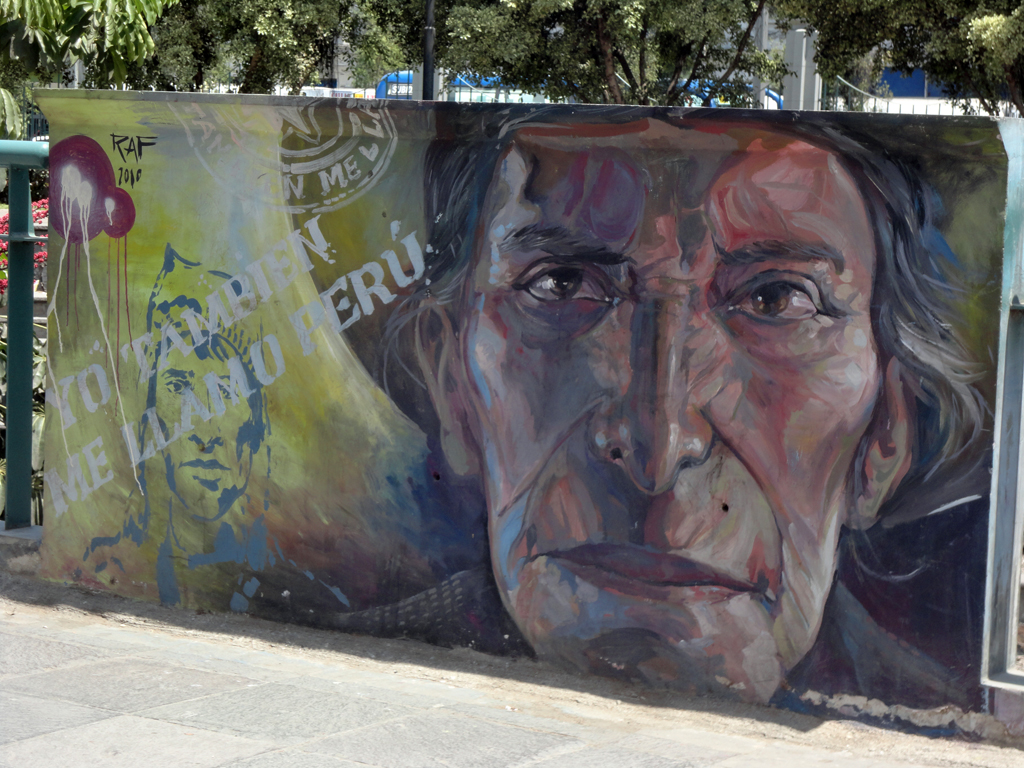
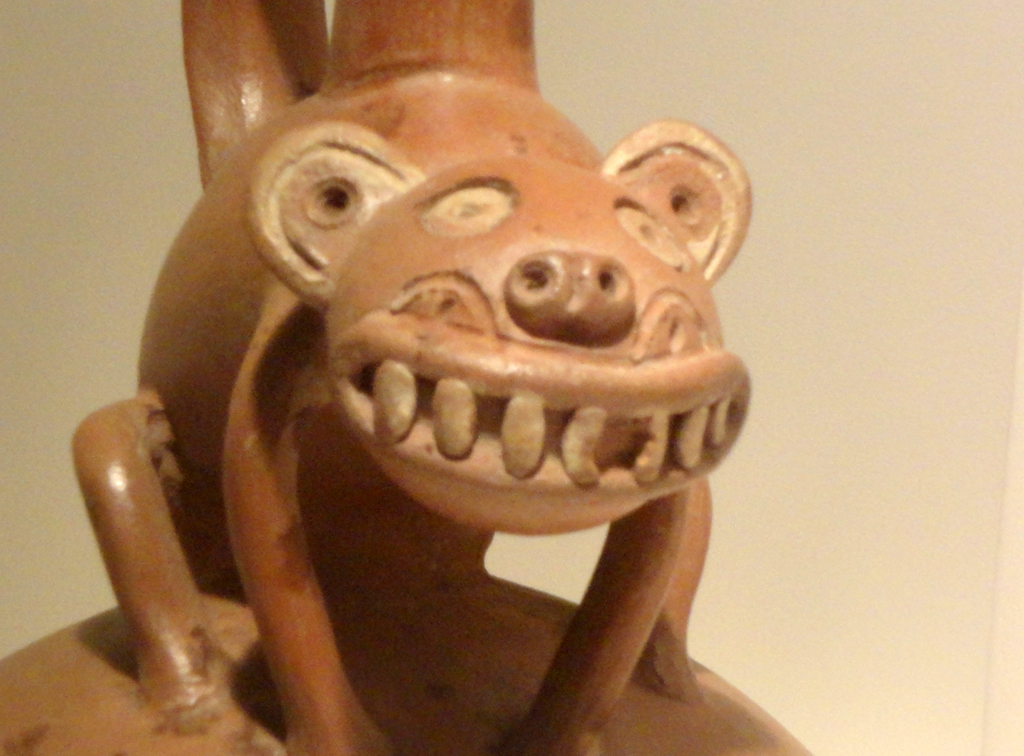
It was time to head out of Lima and continue my journey south. Unfortunately a little thing happened – Semana Santa. This is Holy Week, or the week leading up to Easter where Lima evacuates for the long weekend and buses double in price. I didn’t realise just how big a thing this was and buses to the next town I was headed for, Ica, were booked solidly for 2 days. That’s quite a feat considering there’s buses just about every hour to Ica. It also made me worried just how packed Ica would be and what would finding accommodation be like.
The Friday buses were free and I went with the luxury option for the 4.5 hours to Ica. A lot of the buses in Peru have the downstairs 1st class and the upstairs as the cheaper economical. I usually the price difference is a lot, but it turns out the economical prices had gone up significantly compared to the 1st class and it was only 15 soles difference. So why the hell not see what the fuss was about, and it was worth it. Big comfy chairs and service at the press of a button, it reminded me of the only time I’ve ever flown business class on a plane. They even had pillows and a blanket!
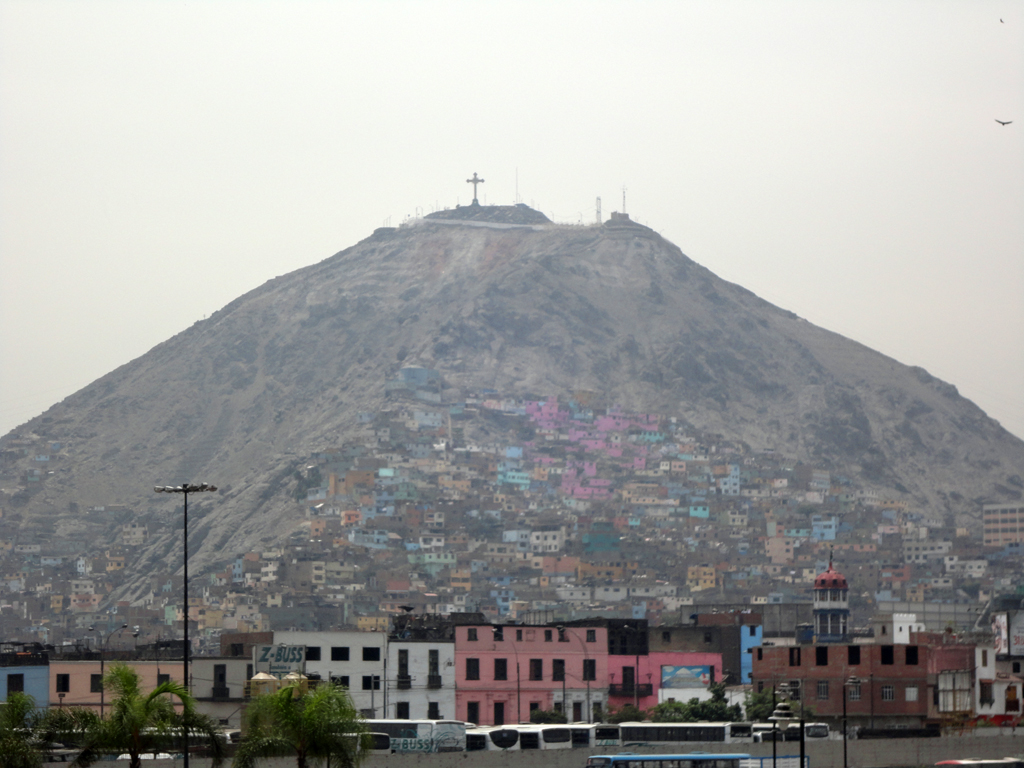

Arriving in Ica my fears were confirmed; the city was completely packed with holidaymakers. Going from hostal to hostal they were all full. There were another two couples a bumped into a few times also having trouble finding a place to stay. For the places that had rooms, their prices were insanely overpriced. One hotel had rooms normally for 20 soles, but for Semana Santa he had put the price up to 140 soles – and people were staying there, no doubt because there wasn’t a lot of other options. I finally found a hostal for only 60 soles, more than double
than I’ve paid anywhere else in Peru. I figured I was only staying the one night so I just had to pay it.
I really can’t understand why Ica is so popular, there’s nothing to do there and it isn’t even a nice city. The nearby oasis village of Huacachina is my only guess, which has sand boarding and lots of places to party, and while I did want to visit this village I wasn’t going to pay for another night Ica and caught the bus to Nasca the next day.
So now I’m on the infamous “Gringo Trail”, the path that is most popular with tourists visiting Peru. I can almost feel the change of pace heading south and honestly am not really looking forward to arriving in Cusco. I already miss northern Peru; from here it’s only big cities and tourist traps.
Next up, the Nasca Lines!
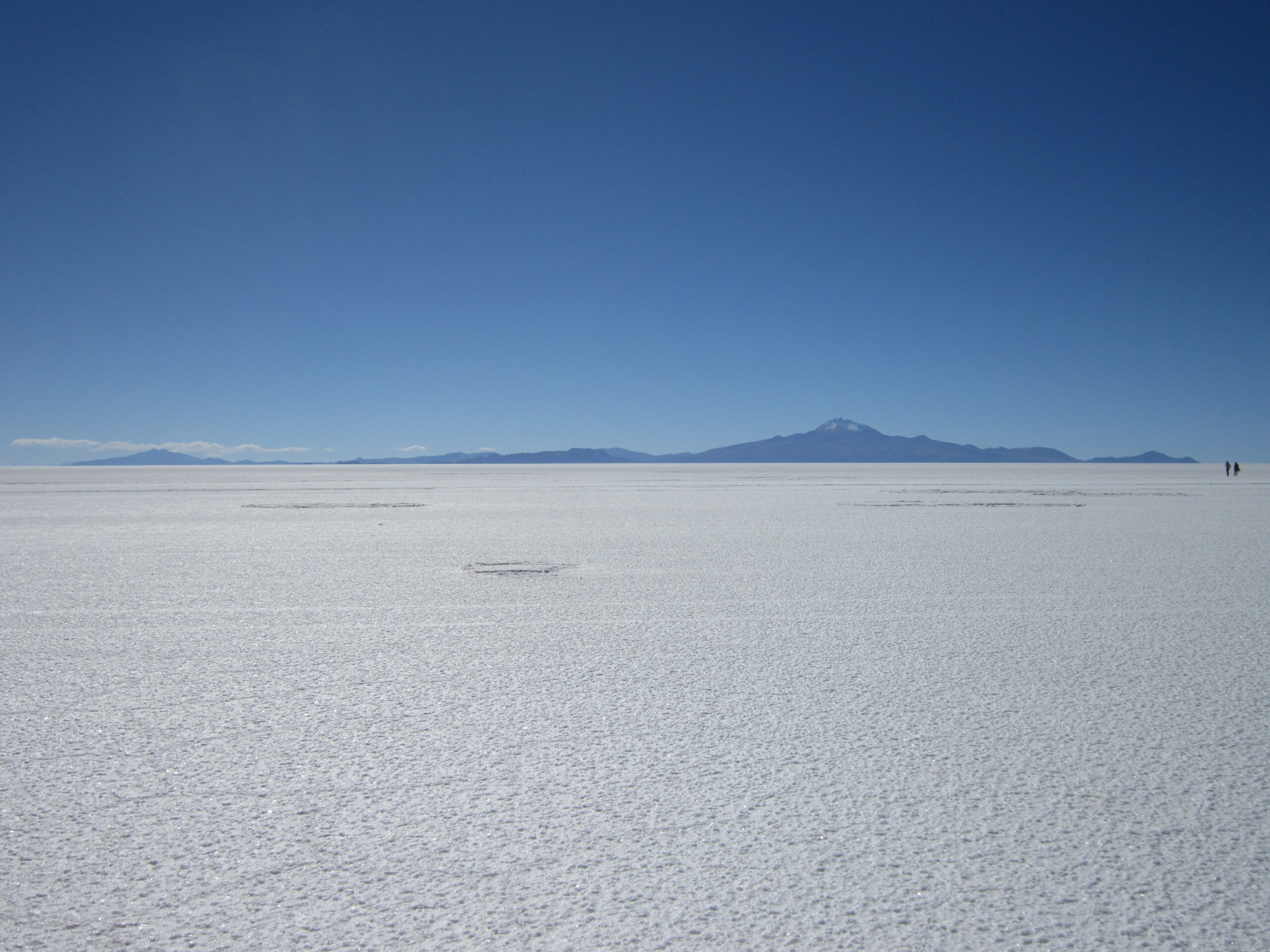

One response to “Lima Part 2 – Museums and Moving On”
Erotic dinnerware? That would certainly be a conversation starter around the dinner table.